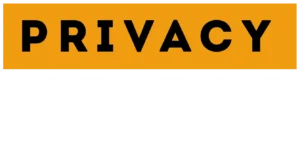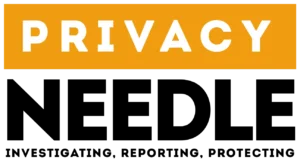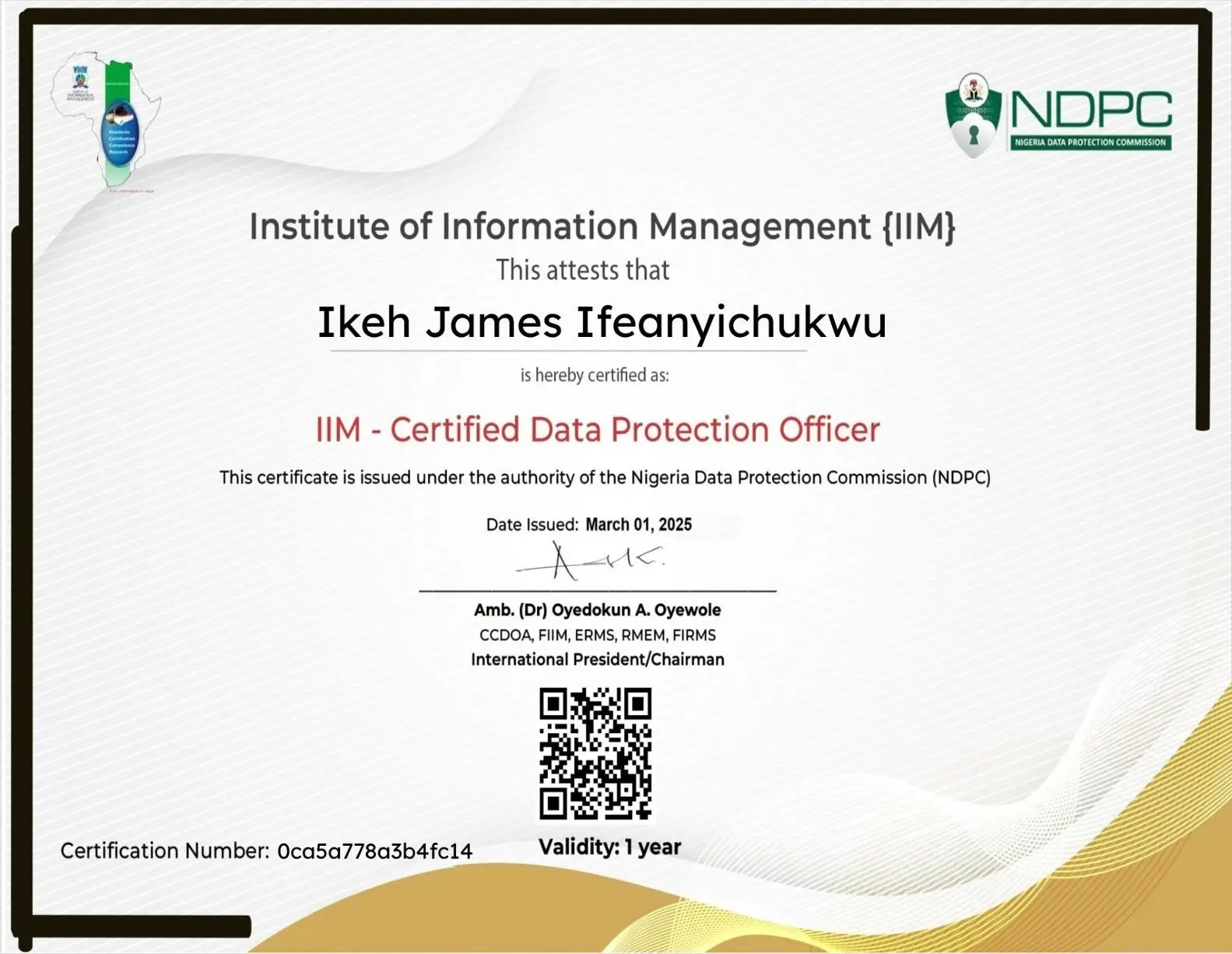26 Billion Records Gone: Inside the World’s Biggest Data Breach
Share

In early 2024, the world witnessed what experts have now called the biggest data breach in history — a cyber disaster involving over 26 billion records leaked online.
Dubbed the “Mother of All Breaches” (MOAB) by cybersecurity researchers, this incident wasn’t a single hack but a massive compilation of stolen data from multiple platforms, stretching back over a decade.
It included personal information from LinkedIn, Twitter (now X), Dropbox, Weibo, Tencent, Adobe, Canva, and even government databases. The sheer size of this breach shattered previous records and raised a chilling question:
If our personal data can leak on this scale, is anyone truly safe online anymore?
What Exactly Happened?
In January 2024, cybersecurity analysts from SecurityDiscovery and Cybernews uncovered a staggering 12-terabyte database exposed on an unsecured server.
When they dug deeper, they discovered the collection contained 26 billion user records — names, email addresses, passwords, phone numbers, and even IP logs — all compiled from previous breaches and new leaks.
What made it terrifying wasn’t just the volume of data but the centralization:
Instead of scattered leaks, MOAB combined years of data into a single searchable archive, effectively creating a “super breach” for hackers to exploit.
Platforms Involved
Here’s a glimpse of what was exposed:
| Platform / Source | Records Affected | Type of Data |
|---|---|---|
| Tencent | 1.5B+ | Usernames, phone numbers, emails |
| 500M+ | Personal details, messages | |
| Twitter (X) | 400M+ | Usernames, emails, locations |
| 300M+ | Names, work emails, job data | |
| Adobe | 150M+ | Emails, hashed passwords |
| Dropbox, Canva, Telegram, and others | Millions each | Login credentials, metadata |
While much of the data came from old leaks, the combination made it a goldmine for cybercriminals.
How Could This Happen?
There wasn’t one single hacker — the breach was a collection of multiple historical leaks, gathered and re-indexed by malicious actors.
Key Technical Failures Behind the MOAB
- Weak Password Reuse: Users kept using the same passwords across platforms, making credential-stuffing attacks easy.
- Poor Data Hygiene: Many organizations stored old user data without encryption or deletion policies.
- Unsecured Databases: Several exposed servers were left open to the internet without authentication.
- Inadequate Incident Response: Some companies failed to notify users promptly, allowing old leaks to resurface.
In simple terms: it wasn’t just a hack — it was years of negligence coming together in one catastrophic event.
What Makes the MOAB Different from Other Breaches?
Unlike traditional data breaches where one company is compromised, the MOAB was:
- Aggregated: Pulled from hundreds of known leaks.
- Massive: Containing nearly three times the size of the global population.
- Searchable: Organized in a way anyone could query and cross-match identities.
- Reusable: Perfect for phishing, identity theft, and blackmail.
It became a “one-stop-shop” for cybercriminals — from scammers and hackers to state-sponsored espionage groups.
The Impact: What 26 Billion Leaked Records Really Mean
1. Mass Identity Theft
With billions of names, passwords, and emails exposed, attackers can easily impersonate users for financial fraud or account takeovers.
2. Rise in Phishing and Social Engineering Attacks
Attackers now craft more believable phishing campaigns using leaked personal details.
3. Corporate Espionage and Credential Stuffing
Old corporate logins reused across platforms can allow intrusions into enterprise systems.
4. National Security Threats
Government employee data found in the MOAB poses potential risks for espionage and geopolitical manipulation.
5. Loss of Public Trust
People are increasingly skeptical about how companies store and protect their personal data.
Lessons We Must Learn
1. Practice Zero Trust at Every Level
Never assume data or identities are safe. Implement Zero Trust security architecture that verifies every access request.
2. Enforce Strong Password Policies
Encourage users to create unique, complex passwords and enable multi-factor authentication (MFA).
3. Invest in Cyber Awareness Training
Teach employees and customers how to identify phishing emails and report suspicious activities.
4. Monitor and Patch Systems Continuously
Regularly update software, monitor for anomalies, and patch vulnerabilities immediately.
5. Delete Old Data You No Longer Need
Minimize data retention to reduce exposure. Stale data is often the easiest to leak.
6. Encrypt Everything
Data encryption at rest and in transit can mitigate damage even if a breach occurs.
7. Regulatory Compliance
Adhere to frameworks like NDPA (Nigeria Data Protection Act), GDPR, and CCPA, which enforce stricter data governance standards.
The Bigger Picture: A Wake-Up Call for 2026 and Beyond
The MOAB isn’t just a breach — it’s a warning.
It shows that data safety is now a collective responsibility shared between governments, corporations, and individuals.
As we move deeper into an AI-driven era, the line between data privacy and public exposure is thinner than ever.
Companies must build resilience, not just compliance — meaning:
- Protect user trust.
- Be transparent during breaches.
- Prioritize security budgets.
The next major breach could be even bigger — unless lessons from MOAB are truly learned.
Real-World Example
After the MOAB was discovered, researchers identified multiple Nigerian and African organizations indirectly exposed due to third-party data leaks (e.g., from LinkedIn and Dropbox).
This shows why local businesses must take global cybersecurity seriously. A breach halfway around the world can still affect your users — and your reputation.
FAQs
Q1. Was the MOAB a single hack?
No, it was a massive compilation of older breaches stored in one place, making it far more dangerous.
Q2. Can users check if their data was leaked?
Yes. Use trusted services like HaveIBeenPwned.com to verify exposure.
Q3. What should you do if your data was part of the MOAB?
Change all passwords, enable MFA, and monitor your accounts for suspicious activity.
Q4. Who’s responsible for the MOAB?
The investigation is ongoing. However, responsibility lies with multiple organizations that failed to secure or delete old data.
Q5. Could this happen again?
Yes — unless companies adopt stricter access controls, encryption, and proactive monitoring.
Conclusion
The “Mother of All Breaches” is more than a cyber headline — it’s a global lesson in data negligence, digital dependency, and the high cost of weak security.
Every user, business, and government must now treat data protection as a continuous process, not a checkbox.
Because in the digital age, data is the new currency — and losing it can bankrupt trust forever.
























Leave a Reply